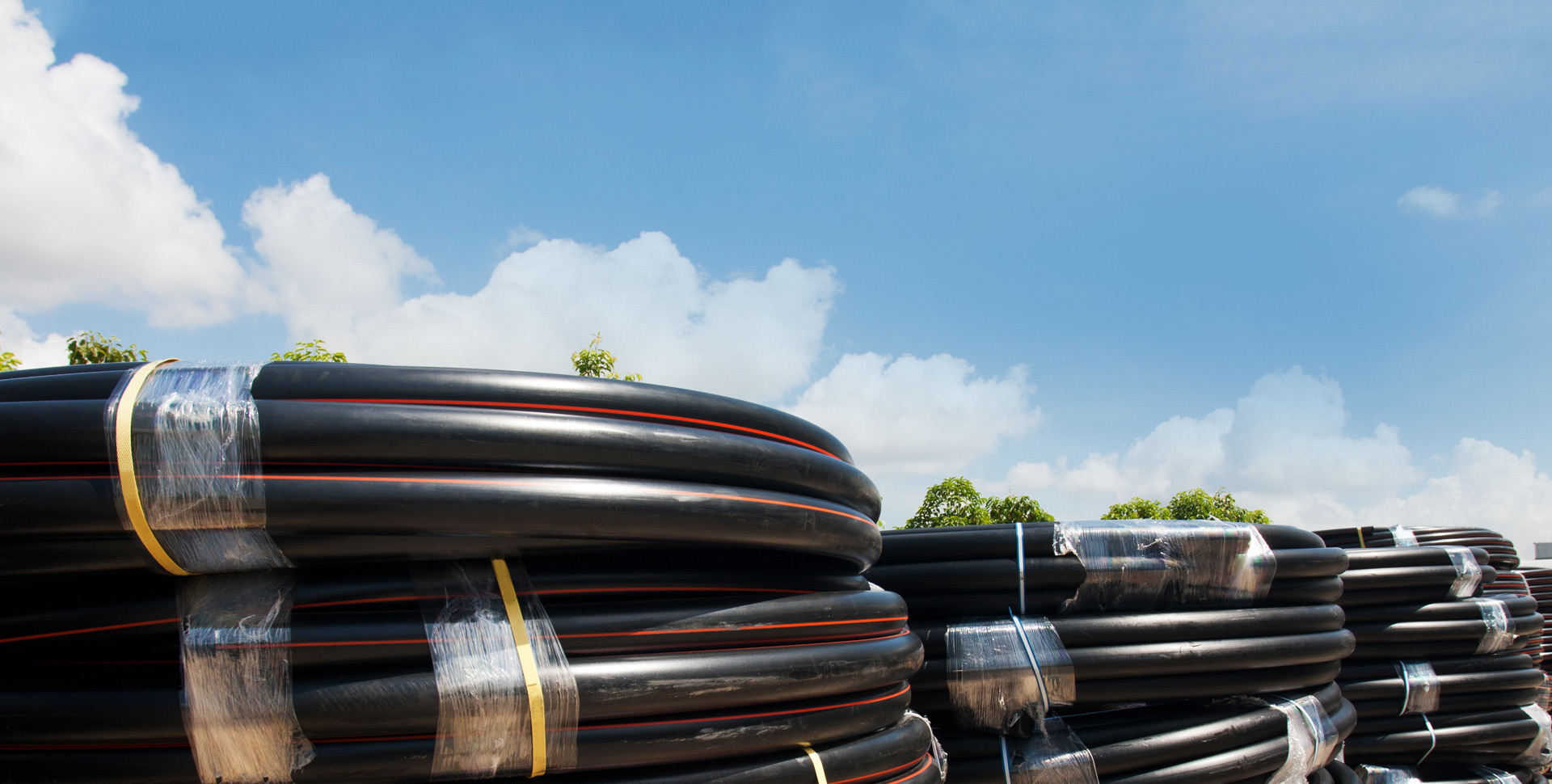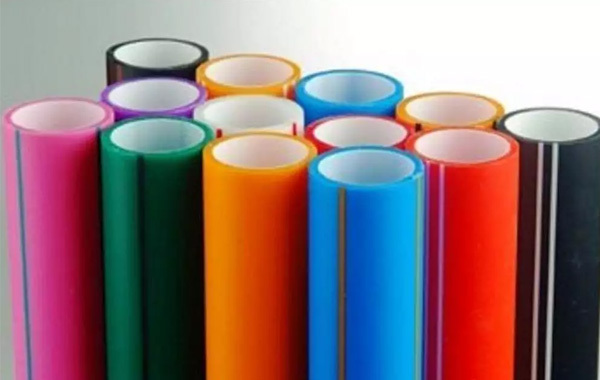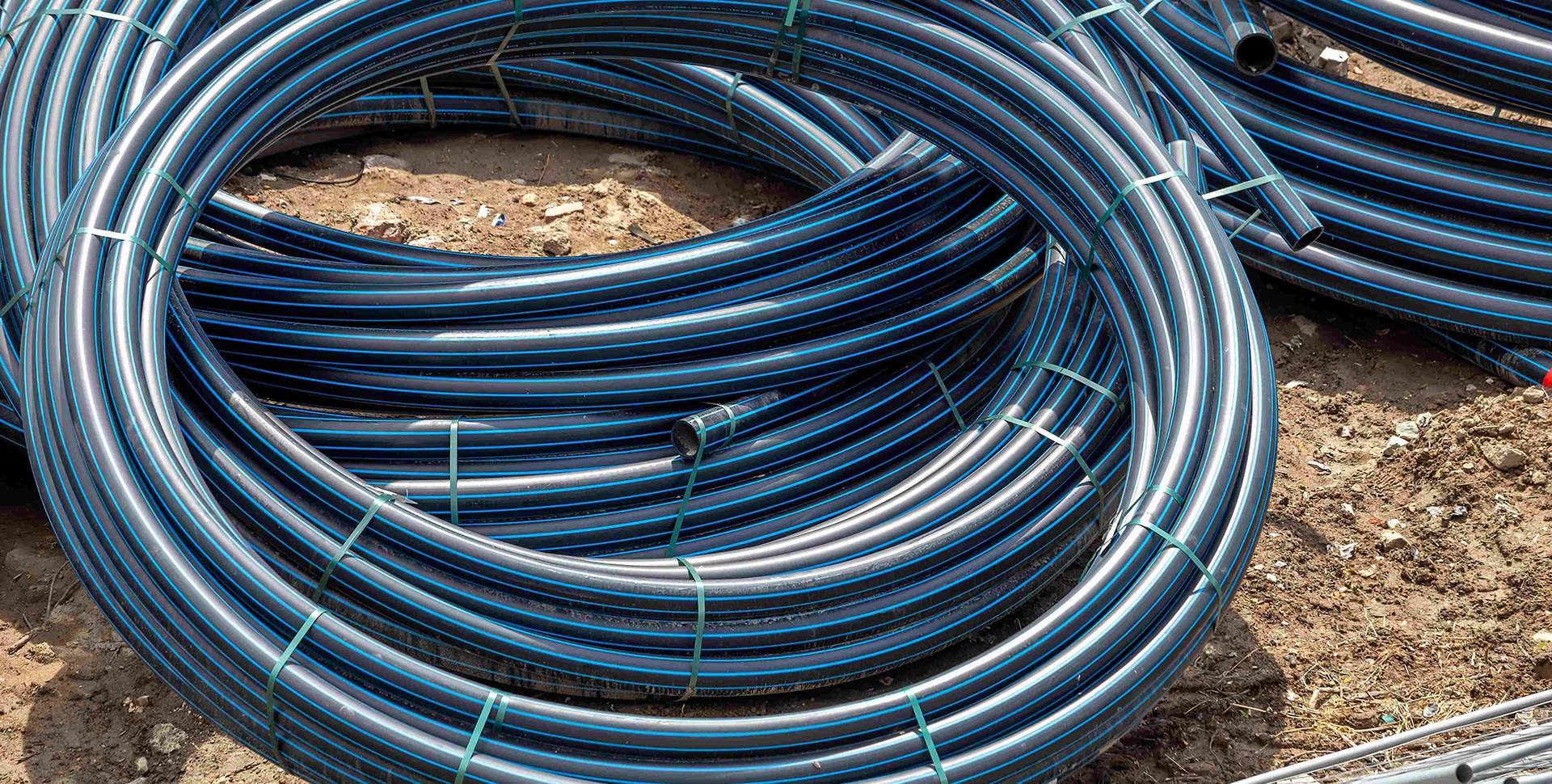Unveiling the Technology: How Optical Cable Silicon Core Tubes Drive Data Transfer
Apr 08,2025
Unraveling the Complexity of Optical Cable Silicon Core Tubes
In today's fast-paced digital world, data transfer is crucial for communication and connectivity. One of the most significant advancements in this area is the development of **optical cable silicon core tubes**. These innovative components are transforming the way data is transmitted across vast distances. This article delves into the intricacies of optical cables, focusing on silicon core tubes, their functionality, advantages, and applications.
Understanding Optical Cable Silicon Core Tubes
Optical cable silicon core tubes are essential components of fiber optic cables. They enable the transmission of data as light signals, which travel through the core of the cable. The silicon material used in these cores plays a vital role in optimizing performance, ensuring minimal signal loss and high-speed data transfer.
The Structure of Optical Fiber Cables
Optical fiber cables consist of three main parts:
1. **Core**: The central part, usually made of glass or silicon, where light signals travel.
2. **Cladding**: Surrounds the core and reflects light back into the core, preventing signal loss.
3. **Outer Jacket**: Provides protection against environmental factors and physical damage.
Silicon cores are increasingly being used due to their superior properties, which enhance the overall efficiency of data transfer.
How Optical Cable Silicon Core Tubes Work
The operation of optical cable silicon core tubes hinges on the principle of light transmission. Here’s a simplified breakdown of the process:
- **Light Injection**: Data is converted into light signals using lasers or LEDs.
- **Propagation through Core**: The light travels through the silicon core, bouncing off the cladding to minimize loss.
- **Signal Reception**: At the receiving end, photodetectors convert the light back into electrical signals for processing.
This seamless process allows for rapid data transfer, making silicon core tubes a preferred choice in modern communication infrastructures.
Benefits of Using Silicon Core Tubes in Optical Cables
The adoption of silicon core tubes in optical cables comes with numerous advantages that significantly enhance data transfer capabilities.
High Data Transfer Rates
Silicon core tubes facilitate extremely high data transfer rates, making them ideal for applications requiring fast and reliable communication. This is particularly evident in environments such as:
- Telecommunications
- Internet service providers
- Data centers
Reduced Signal Loss
One of the most significant challenges in data transmission is signal loss. Silicon core tubes exhibit lower attenuation compared to traditional materials, ensuring that signals maintain their integrity over long distances.
Increased Bandwidth
With their enhanced capacity for data transmission, silicon core tubes support higher bandwidth applications, accommodating the growing demand for data-intensive services such as streaming, cloud computing, and IoT devices.
Durability and Resistance
Silicon is known for its resilience. Optical cables with silicon cores are less susceptible to environmental factors like moisture and temperature fluctuations, making them a reliable choice for outdoor and harsh environments.
Applications of Optical Cable Silicon Core Tubes
The versatility of optical cable silicon core tubes allows them to be used in various applications across multiple industries.
Telecommunications Industry
Telecommunication companies rely heavily on silicon core tubes for building robust networks that offer high-speed internet and reliable phone services. Their ability to support vast amounts of data makes them indispensable in this sector.
Data Centers and Cloud Services
Data centers require efficient data transfer systems to manage vast volumes of information. Silicon core tubes enhance the performance of these centers by ensuring rapid access to stored data, contributing to overall operational efficiency.
Medical Applications
In the medical field, optical fibers are used for imaging and diagnostics. Silicon core tubes improve the quality of images captured during procedures, leading to better patient outcomes.
Military and Aerospace
The military and aerospace industries utilize silicon core tubes for secure communication systems. Their durability and resistance to electronic interference make them ideal for critical applications where failure is not an option.
The Future of Optical Cable Silicon Core Tubes
The rapid advancements in technology indicate a bright future for optical cable silicon core tubes. As demand for higher data speeds and bandwidth continues to grow, innovations in silicon technology are expected to enhance the capabilities of these cables even further.
Emerging Trends in Optical Fiber Technology
1. **Integration with 5G Networks**: The rollout of 5G technology will increase the demand for high-speed data transmission, driving the need for advanced optical cables.
2. **Development of Quantum Communication**: Research into quantum communication using optical fibers presents exciting opportunities for secure data transfer.
3. **Sustainability Initiatives**: As environmental consciousness grows, manufacturers are exploring eco-friendly materials and production methods for optical cables.
Frequently Asked Questions (FAQs)
1. What is the difference between glass and silicon core tubes in optical cables?
Silicon core tubes typically offer lower signal loss and higher durability compared to glass cores, making them suitable for high-performance applications.
2. How does signal loss occur in optical cables?
Signal loss in optical cables occurs due to absorption, scattering, and bends in the fiber, which can weaken the transmitted light signals.
3. Can optical cables be used outdoors?
Yes, optical cables with silicon cores are designed to withstand harsh environmental conditions and can be effectively used outdoors.
4. How do optical cables compare to traditional copper cables?
Optical cables provide higher data transfer rates, greater bandwidth, and reduced signal loss compared to traditional copper cables.
5. What industries benefit the most from optical cable technology?
Industries such as telecommunications, data services, healthcare, military, and aerospace benefit significantly from the use of optical cable technology.
Conclusion
Optical cable silicon core tubes represent a monumental leap in data transfer technology. Their ability to provide high-speed connections with minimal signal loss positions them at the forefront of modern communication systems. As industries increasingly adopt these advanced optical solutions, the future holds promising developments that will further enhance data transmission capabilities. With the ongoing innovations in this technology, we can anticipate even greater improvements in connectivity, reliability, and performance across various sectors.
Latest News





